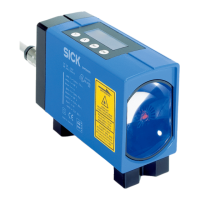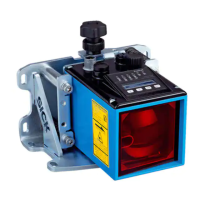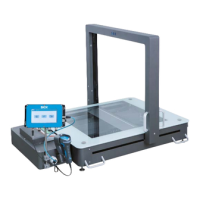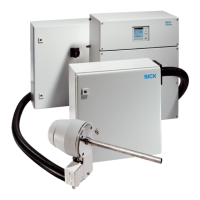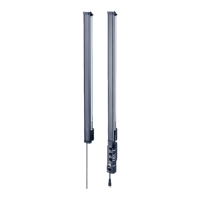GM35 Operating Instructions
Probe Model
Maintenance
70 © SICK MAIHAK GmbH • Germany · All rights reserved 8009389/07-2006
‡ Remove the weatherproof cover (if applicable) from the purge-air unit.
‡ If there are noticeable signs of contamination, clean the housing of the purge-air unit and
locate the cause of the contamination. The frequency with which a filter change is neces-
sary primarily depends on the dust content of the ambient air.
‡ Make sure that the cables are not damaged, and that the terminals are not loose. Also
check for corrosion and humidity.
‡ Check the purge-air hose carefully for damage. Pay special attention to places that are
subject to mechanical load, such as at hose clamps.
‡ Check all of the remaining hose clamps on the purge-air hose, purge-air unit, and hose
piece of the differential pressure monitor (option) to ensure they are secure, and tighten
them if necessary.
‡ In particular, make sure that the dummy plug, which seals the second purge-air outlet on
some purge-air unit versions, is securely in place.
8.3.2 Check and replace the purge-air filter
The frequency with which the purge-air filter has to be replaced depends on the dust content
or contamination of the ambient air. Replacement is necessary at the latest when the low-
pressure monitor at the filter outlet trips and signals that a filter change is needed.
In newly installed measuring systems, we recommend that you remove the filter insert
during initial maintenance to check the level of contamination. You can then base
subsequent filter change intervals on this result.
Fig. 38 Replacing the purge-air filter insert
Filter insert
Filter housing
Filter housing cover
Low-pressure
monitor

